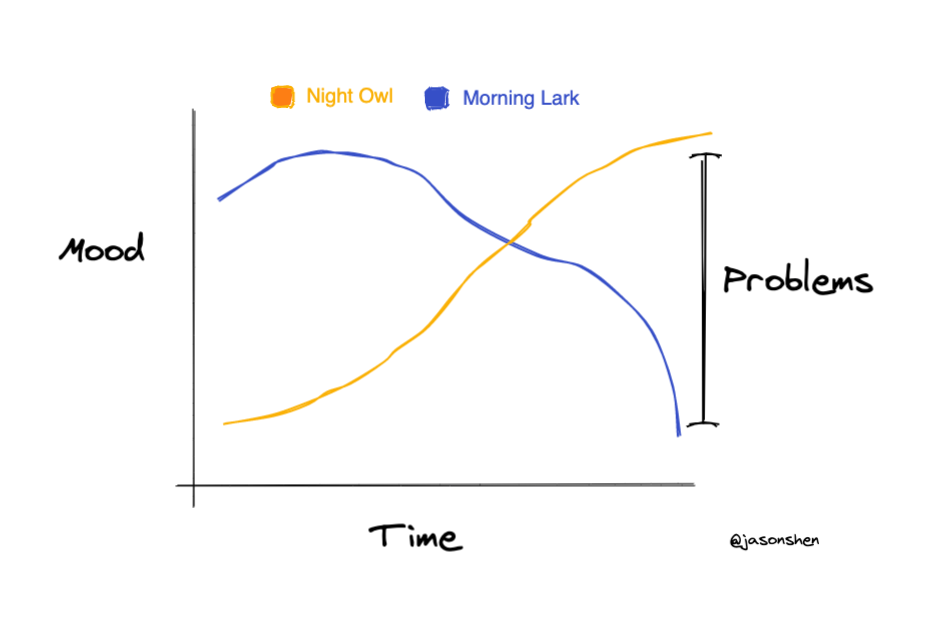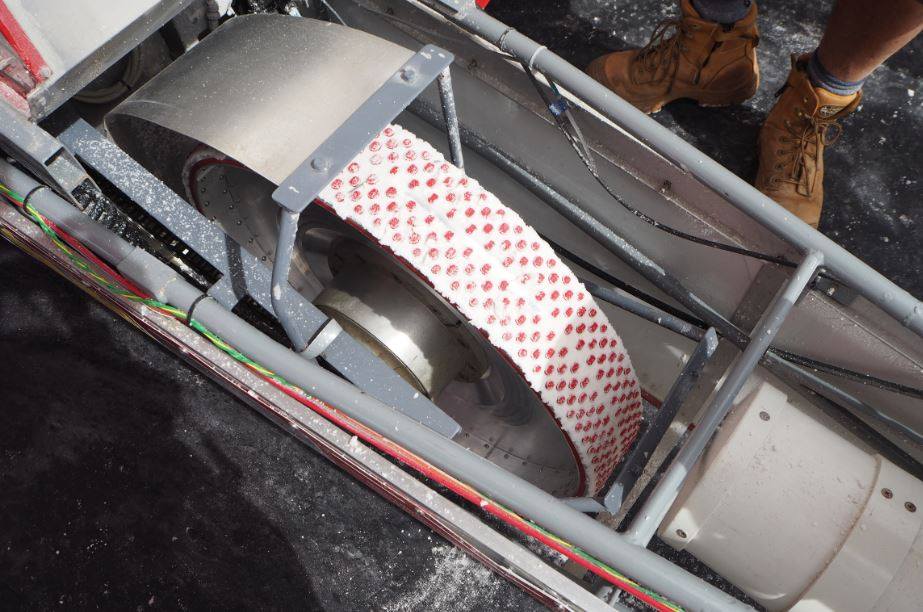Addressing Air Traffic Control System Risks: Learning From Near Misses And Failures

Table of Contents
Analyzing Near Misses and Accidents in Air Traffic Control
Understanding the causes of air traffic control incidents is paramount to preventing future occurrences. Thorough investigation and analysis of near misses and accidents are essential for identifying systemic weaknesses and implementing effective solutions to mitigate air traffic control system risks.
Data Collection and Analysis Techniques
Robust data collection is the cornerstone of effective incident investigation. This involves:
- Use of flight data recorders (FDRs) and cockpit voice recorders (CVRs): These devices capture crucial flight parameters and communication details, offering insights into the events leading up to near misses.
- Radar data analysis: Radar tracks provide a visual representation of aircraft movements, highlighting potential conflicts and deviations from expected flight paths. Analyzing this data helps pinpoint contributing factors to incidents.
- Air Traffic Control communications recordings: Recordings of communication between air traffic controllers and pilots provide valuable context, revealing potential misunderstandings or communication breakdowns.
- Human Factors analysis techniques: Investigating human performance aspects, such as fatigue, stress, workload, and decision-making, is crucial for identifying areas for improvement in training and procedures. This often involves detailed interviews, simulations and analysis of human error.
Identifying Common Contributing Factors
Several recurring factors contribute to near misses and accidents in air traffic control:
- Communication failures: Misunderstandings, unclear instructions, or inadequate communication between controllers and pilots are major contributors to incidents. Language barriers and technology failures also add to this problem.
- Loss of situational awareness: Controllers and pilots must maintain a comprehensive understanding of their surroundings. Loss of situational awareness can lead to critical errors and near misses.
- Human error (fatigue, stress, etc.): Human fallibility plays a significant role. Fatigue, stress, and workload pressures can impair judgment and performance.
- Technological failures (software glitches, hardware malfunctions): Malfunctioning radar systems, communication equipment, or software glitches can have devastating consequences. Regular maintenance and redundancy systems are critical.
- Inadequate training and procedures: Insufficient or outdated training, unclear procedures, and lack of standardized practices increase the likelihood of errors.
Case Studies of Significant Incidents
Numerous incidents highlight the importance of learning from past mistakes. For example, the near-collision incident in 2023 highlighted shortcomings in communication protocols and the need for enhanced situational awareness among air traffic controllers. A review of this and similar cases emphasizes the systemic nature of some air traffic control system risks. Detailed investigation reports, widely shared within the aviation community, are essential for preventing similar events.
Implementing Mitigation Strategies for Air Traffic Control System Risks
Addressing air traffic control system risks requires a multi-pronged approach incorporating technological improvements, enhanced training, and strengthened regulatory oversight.
Technological Upgrades and Improvements
Modern technology significantly enhances safety:
- Improved radar systems: Advanced radar technologies provide greater accuracy, range, and resolution, improving situational awareness for both controllers and pilots.
- Automatic Dependent Surveillance-Broadcast (ADS-B) technology: ADS-B provides more precise and continuous tracking of aircraft, enhancing situational awareness and reducing reliance on ground-based radar.
- Next Generation Air Transportation System (NextGen) initiatives: NextGen aims to modernize the air traffic management system through the use of advanced technologies and data sharing, further reducing air traffic control risks.
- Implementation of collision avoidance systems: Onboard systems such as Traffic Collision Avoidance System (TCAS) provide alerts to pilots about potential collisions, allowing for timely corrective action.
Enhancing Air Traffic Controller Training and Procedures
Human factors are addressed through:
- Advanced simulator training: Realistic simulations help controllers develop and refine their skills in handling challenging scenarios and improve their response to unusual situations.
- Crew Resource Management (CRM) training: CRM training emphasizes teamwork, communication, and decision-making, reducing the likelihood of errors caused by communication breakdowns.
- Standardized operating procedures: Clear, concise, and consistently applied procedures are crucial for minimizing ambiguity and ensuring consistent safety practices.
- Improved communication protocols: Standardized communication protocols reduce the chance of misunderstandings and ensure effective information exchange between controllers and pilots.
- Fatigue management strategies: Implementing strategies to mitigate controller fatigue, such as optimized shift patterns and adequate rest periods, is crucial.
Strengthening Regulatory Oversight and Compliance
Regulatory bodies play a vital role in maintaining safety:
- Regular audits and inspections: Regular audits and inspections help ensure compliance with safety regulations and identify potential weaknesses in the system.
- Enforcement of safety regulations: Strict enforcement of regulations is crucial to deter unsafe practices and ensure that safety standards are consistently met.
- Development of stricter safety guidelines: Continuous improvement requires regular updates to safety guidelines to reflect technological advancements and lessons learned from incidents.
- International collaboration on safety standards: International cooperation on air traffic management safety standards facilitates the sharing of best practices and ensures consistent safety levels globally.
The Future of Air Traffic Control Safety: Proactive Risk Management
The future of air traffic control safety lies in proactive risk management.
Predictive Modeling and Risk Assessment
Advanced analytics and data-driven approaches enable the prediction of potential risks:
- By analyzing historical data and identifying patterns, predictive models can anticipate potential conflicts or system failures before they occur.
- This proactive approach allows for timely mitigation strategies to be implemented, reducing the likelihood of incidents.
Continuous Improvement and Feedback Loops
A culture of continuous improvement and safety reporting is paramount:
- Regular evaluation of air traffic control systems helps identify areas for improvement.
- A robust system for reporting near misses and incidents, coupled with effective investigation processes, ensures that lessons are learned and implemented.
The Role of Artificial Intelligence (AI) and Automation
AI and automation offer considerable potential for enhancing safety and efficiency:
- AI-powered systems can assist controllers in managing increased traffic volume and handling complex situations more efficiently.
- Automation can reduce human error in routine tasks, freeing controllers to focus on more complex aspects of air traffic management. However, careful consideration of the limitations and potential pitfalls of such automation is essential.
Conclusion
Addressing air traffic control system risks is a continuous process requiring a multifaceted approach. By thoroughly analyzing near misses and accidents, implementing technological advancements, enhancing training and procedures, strengthening regulatory oversight, and embracing proactive risk management, we can significantly improve air traffic control safety. The integration of AI and automation offers promising opportunities, but careful management is crucial. To ensure the safety of air travel, we must continually strive to mitigate air traffic control risks, improve air traffic control safety, and enhance air traffic management systems. Learn more about air traffic control safety initiatives, participate in safety reporting programs, and advocate for continuous improvement in these crucial systems. Let's work together to make air travel safer for everyone.

Featured Posts
-
 Could This Be The Year The Trans Australia Run Record Is Broken
May 22, 2025
Could This Be The Year The Trans Australia Run Record Is Broken
May 22, 2025 -
 Rentedaling Verwacht Abn Amro Ziet Huizenprijzen Stijgen
May 22, 2025
Rentedaling Verwacht Abn Amro Ziet Huizenprijzen Stijgen
May 22, 2025 -
 Gender Reveal Peppa Pigs Family Welcomes A New Member
May 22, 2025
Gender Reveal Peppa Pigs Family Welcomes A New Member
May 22, 2025 -
 The Chicago Sun Times And The Ai Deception A Case Study
May 22, 2025
The Chicago Sun Times And The Ai Deception A Case Study
May 22, 2025 -
 Impact Of Public Comment Fewer Jackson Elk Hunting Permits
May 22, 2025
Impact Of Public Comment Fewer Jackson Elk Hunting Permits
May 22, 2025
